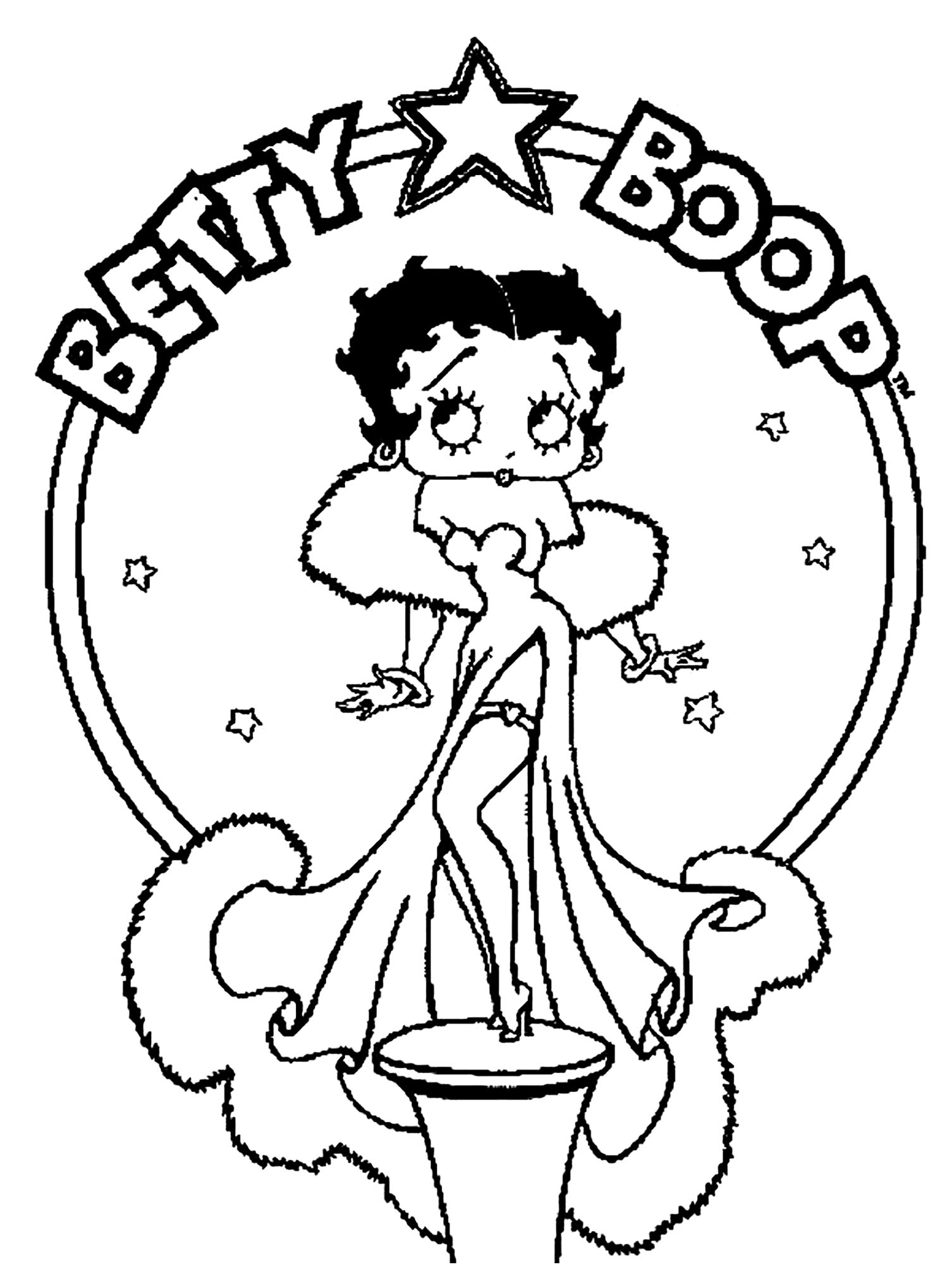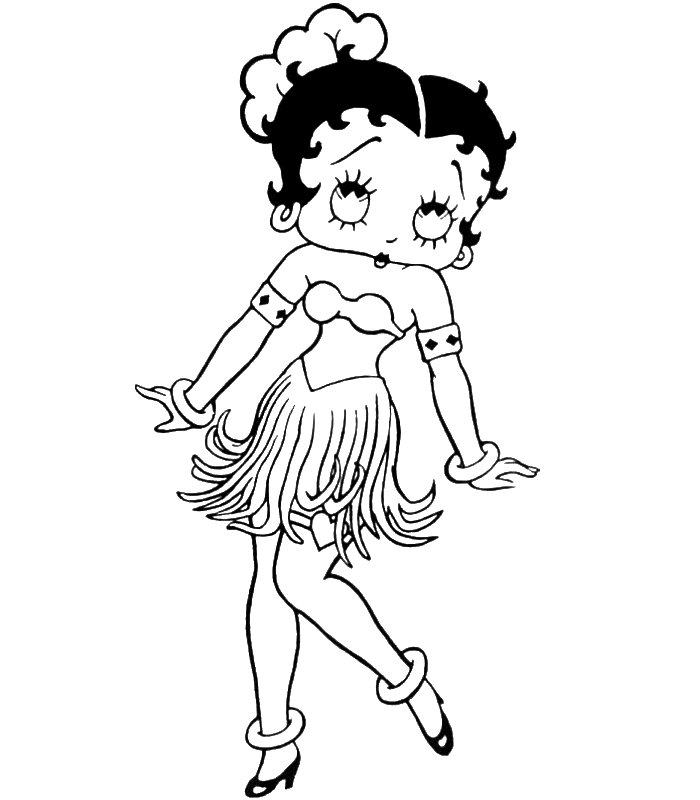
Poor Cinderella (1934) **** (out of 4) Excellent Betty Boop cartoon is the only one to feature her in color and they made her a red head as well! In the film she plays Cinderella who is granted a magical night thanks to her fairy godmother and soon the Prince falls in love with her. Overall, if you love Betty Boop you'll have no problem liking Poor Cinderella, it, to me and several others, is one of her best and more than just historical interest(apparently her only colour cartoon, or at least with Fleischer involved, correct if wrong). The characters are all engaging, there have never been a sexier Cinderella in animation or possibly anywhere than Betty Boop, the step-sisters are hilarious and who wouldn't want a Fairy Godmother after seeing her portrayed here? Bonnie Poe's voicing for Betty Boop is great and I fell in love with the soothing sound of the Fairy Godmother's singing voice. Fidelity-wise, Poor Cinderella follows just the basic outline of the story(apart from the omission of the step-mother), structurally though it is very faithful, but has a real magic, fun and charm of its own. It is charming and adorable, without falling into too much sentimental schmaltz, but there are also some funny moments like the Cupid hitting the Prince on the head and especially the end with the step-sisters(one of the funniest moments of any Fleischer cartoon in my opinion) as well as a couple of somewhat surreal ones like with the pumpkin(in fact the whole transformation sequence). Poor Cinderella is a cleverly written cartoon. The rest of the music is very tuneful and lush in orchestration, other than the title my favourite was the Fairy Godmother song. Poor Cinderella has great music too with another memorable title song that repeats itself more than once. Animation-wise, the transformation/preparing for the ball scene was especially clever. There is beautiful use of colour, everything is designed and drawn in a way that a lot of care and effort went into making them(as usual with Fleischer) and there is even a very realistic quality in places- if not quite on the same level as other Fleischer cartoons like Somewhere in Dreamland- that is unlike anything seen before personally other than Fleischer Studios. The animation is wonderful, it has Fleischer's style all over and is one of the best-looking Betty Boop cartoons. Poor Cinderella is a cartoon so good(to me it is easily one of Betty Boop's best) that I got the feeling that more of her cartoons should have been in colour. Thanks to the Fleischer folks and all involved parties, for the guts, the creative ambition, the sheer genius, and the uncompromising quality of whichever production standards were chosen to collectively coalesce into a cartoon gem for the ages. If that weren't true, they wouldn't have always had to play "duck and cover" with the ever-present Hays commission, censor gavel at the ready.

#Was betty boop in color series#
Betty had already helped launch the Popeye series a year earlier, so by 1934 the Fleischers had their distinctly urban stamp firmly planted under two cartoon banners aimed as much, if not more, at adults as the kids. Even the closing sequence is incredibly absurd, and gems like this will forever prevail. As a Depression-era vehicle, good jobs were scarce but the Fleischer team's uproarious talent sported young and brash animators who were willing to push the envelope of sensibilities and censors alike, much to our delight. The results offer a lasting tribute to the art and magic of 1930's animation.


They did try saving money on the color, as mentioned, but the whole production was obviously a very expensive endeavor, when all its components are considered in sum. Combining their proprietary Rotoscope technique along with other dimension enhancing toolkit tricks, few cartoon shorts have ever matched this effort for sheer entertainment value. Although it apparently never quite caught on, they had applied for a patent while releasing their astoundingly beautiful and hysterically surreal and laugh-laden Boop masterpiece in 1934, the only Betty Boop color cartoon. developed their own "Cinecolor" approach, which was a variant on the two-strip color format. For budgetary reasons, the ever inventive Fleischer Bros.

#Was betty boop in color full#
The latter is generally credited as being the first full color process American cartoon, as opposed to two strip color which emphasized either blues or greens at the expense of certain shades that were lost to the lesser and less costly techniques of the day. For "Poor Cinderella", they must have noted Disney's stunning "Flowers And Trees", produced in 1931 and released the following year. were among the very best of the creators of novel and surprising applications of animation from the late teens through the entire decade of the 1930's.


 0 kommentar(er)
0 kommentar(er)
